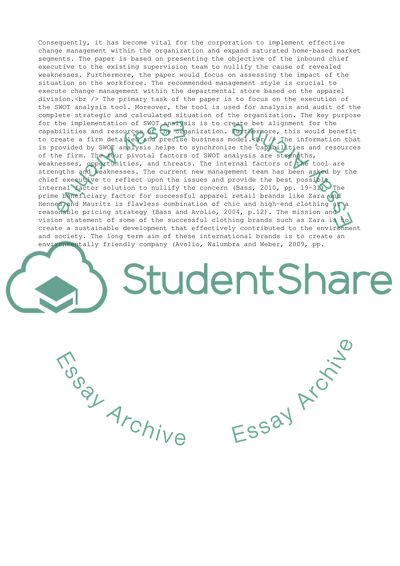Cite this document
(Strategic Resource Management Case Study Example | Topics and Well Written Essays - 2000 words, n.d.)
Strategic Resource Management Case Study Example | Topics and Well Written Essays - 2000 words. Retrieved from https://studentshare.org/business/1856891-strategic-resource-management
Strategic Resource Management Case Study Example | Topics and Well Written Essays - 2000 words. Retrieved from https://studentshare.org/business/1856891-strategic-resource-management
(Strategic Resource Management Case Study Example | Topics and Well Written Essays - 2000 Words)
Strategic Resource Management Case Study Example | Topics and Well Written Essays - 2000 Words. https://studentshare.org/business/1856891-strategic-resource-management.
Strategic Resource Management Case Study Example | Topics and Well Written Essays - 2000 Words. https://studentshare.org/business/1856891-strategic-resource-management.
“Strategic Resource Management Case Study Example | Topics and Well Written Essays - 2000 Words”, n.d. https://studentshare.org/business/1856891-strategic-resource-management.


